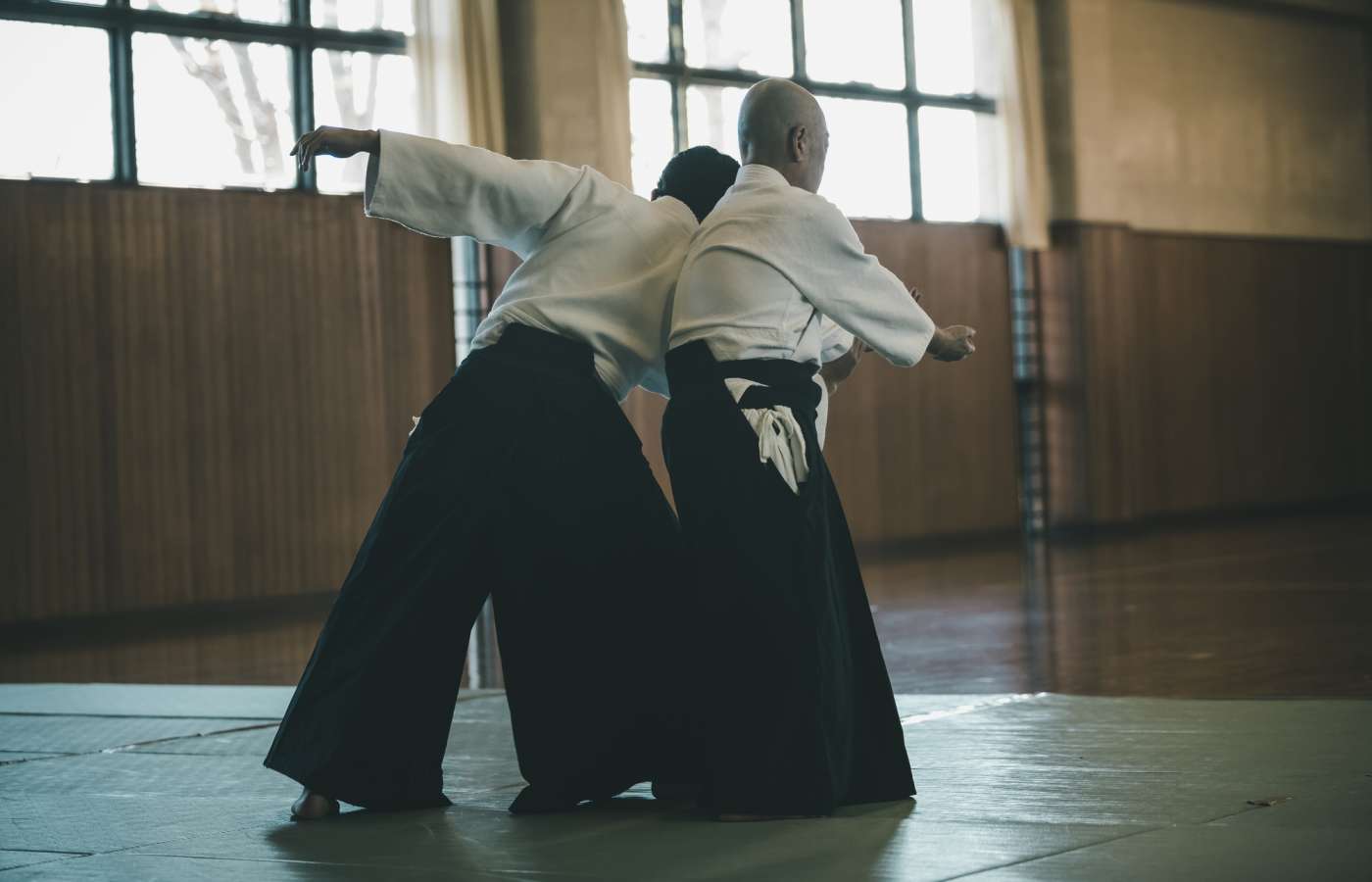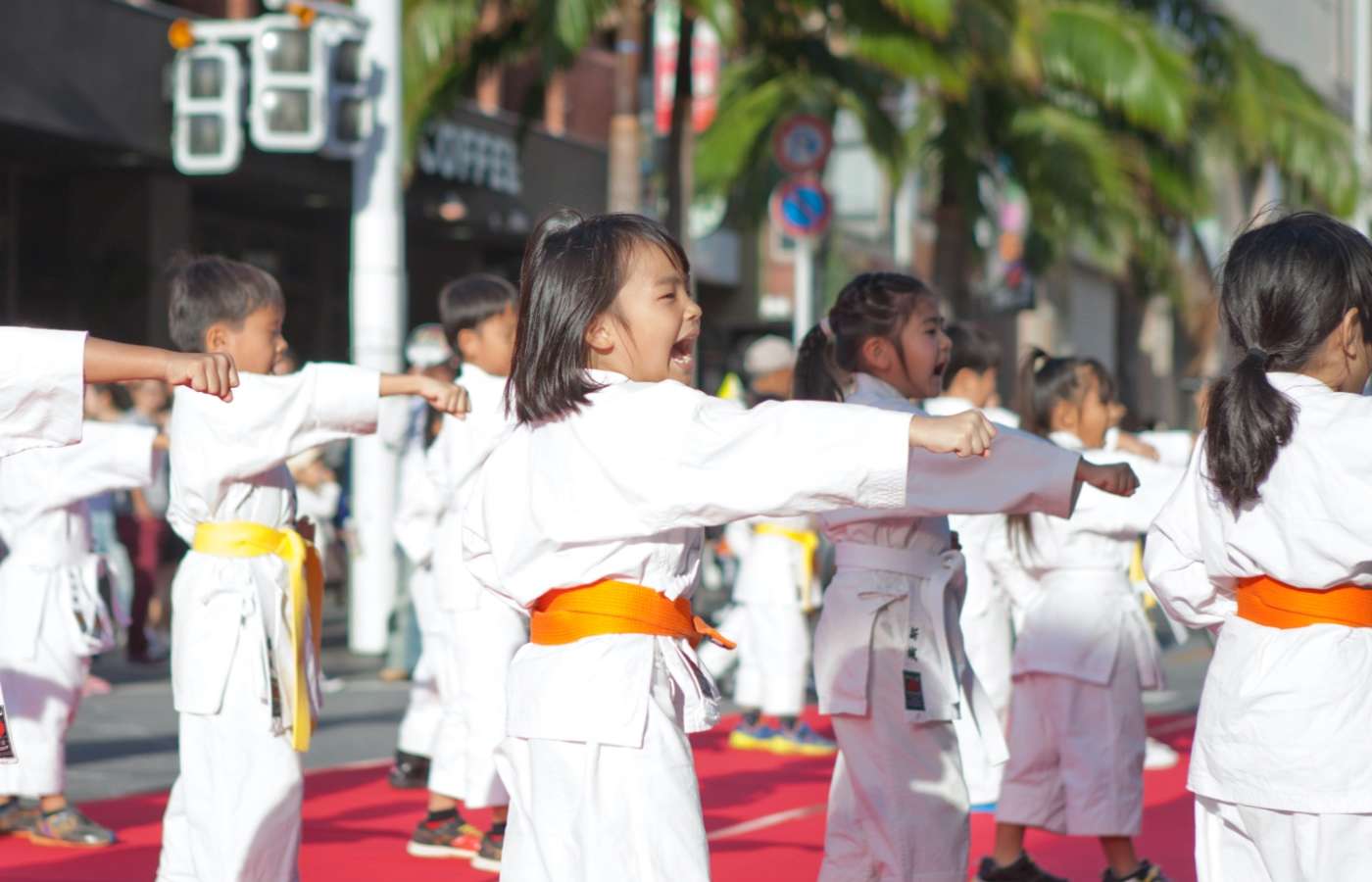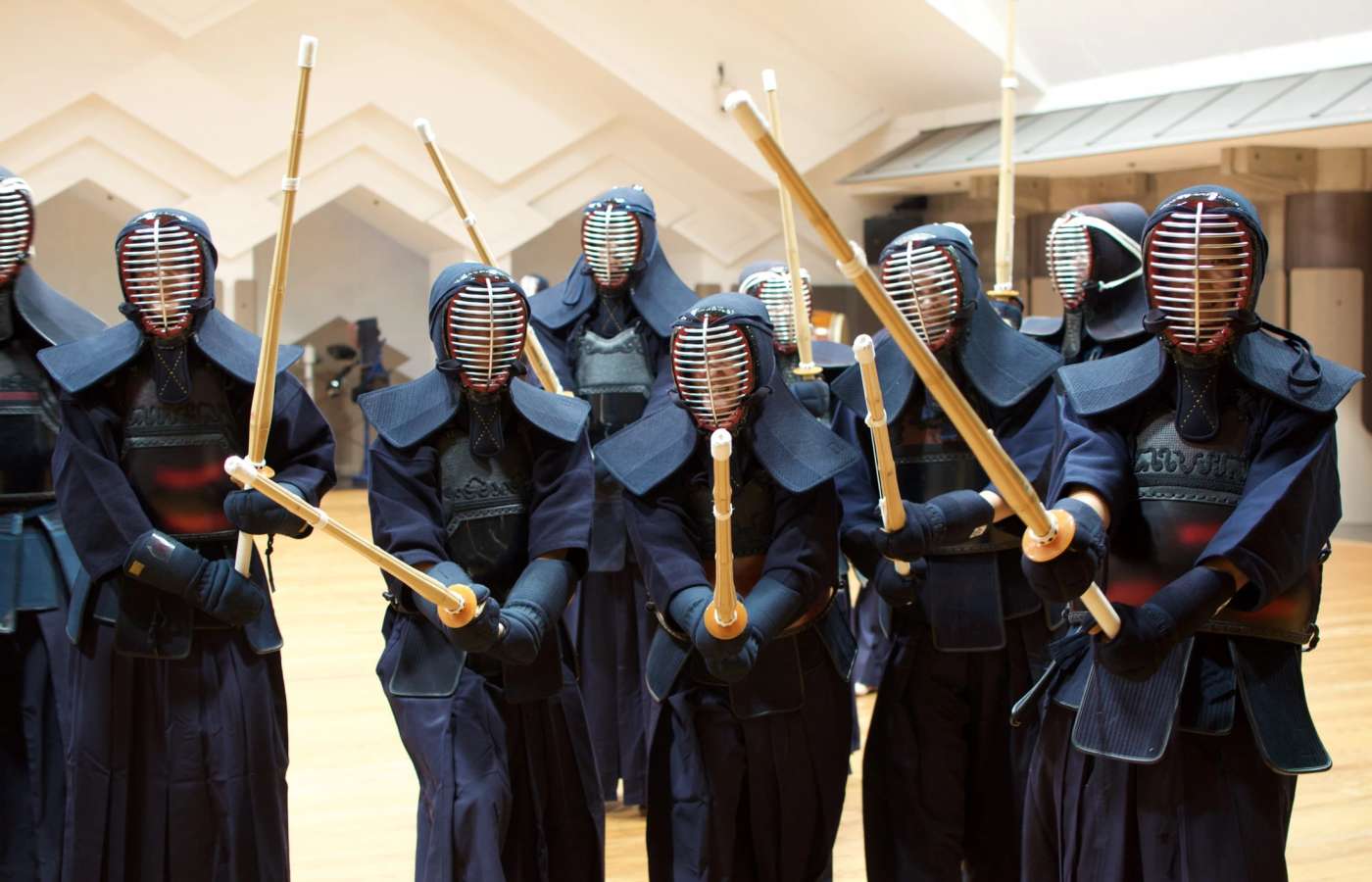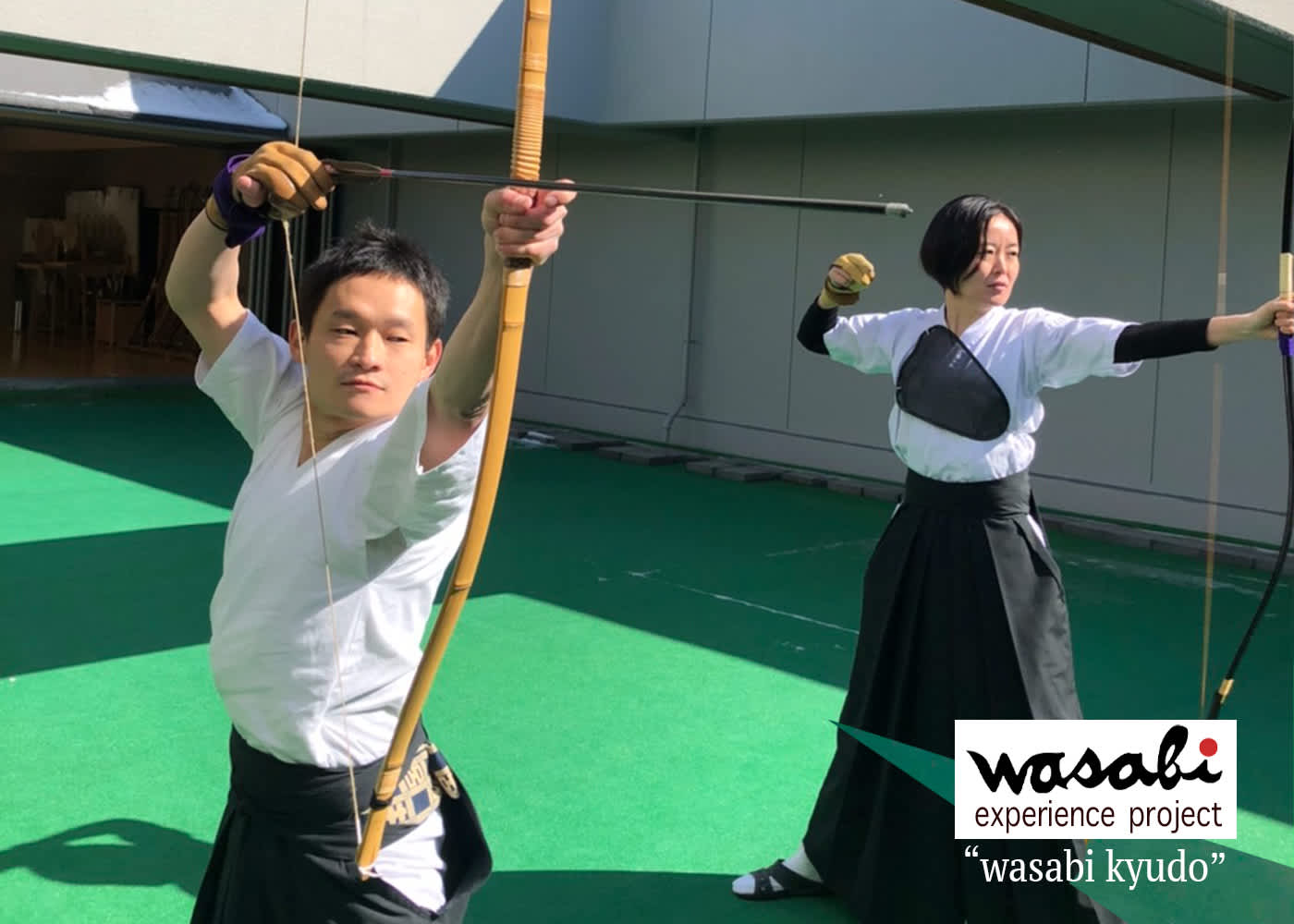
To many, Japan is synonymous with martial arts. But far from being a single unified field, over centuries of continual evolution budo (or “the way of the warrior”) has given rise to numerous branches that provide would-be practitioners with endless avenues for physical and spiritual self-improvement, and curious observers with a wealth of potential tourist experiences.
Japanese martial arts: The way of the warrior
When discussing Japan’s martial arts, some basic Japanese can help put things into context. The term most commonly used to encompass a dizzying range of disciplines is “budo,” written with two characters, 武道, which translate as “the warrior’s path,” or “the way of the warrior.”
This sense of a journey, or a lifelong calling, is reflected in the names of other martial arts such as kendo (剣道, “the way of the sword”), kyudo (弓道, “the way of the bow”), aikido (合気道, “the way of harmonious energy”) and more besides.

Contemporary martial arts practice is as much about self-discipline as self-defense.
And while that may sound like it requires a daunting level of commitment, don’t worry: Japan offers a wealth of budo-related tourism opportunities that can be as deep, or as casual, as you prefer.
Conquering the self: Budo’s philosophical underpinnings
Budo can be divided into two broad categories: kobudo (古武道, “classical martial arts”) and gendai-budo (現代武道, “modern martial arts”).
Kobudo typically denotes disciplines that predate the Meiji restoration of the 19th century, including senjutsu (戦術, “battle techniques”) practiced by samurai warriors during the Sengoku period (1467–1615), from swordsmanship, to archery, horse riding, unarmed combat and even swimming.
A shift in emphasis began during the relative peace of the Edo period (1603–1867). As conflict subsided, martial arts became a way to refine oneself and cultivate qualities such as coordination, discipline, confidence, modesty and aesthetic perfection, mirroring more genteel pastimes like sado (茶道, tea ceremony), shodo (書道, calligraphy) and kado (華道, flower arranging).

Judo and aikido (pictured) are two primarily defensive arts, dedicated to using an attacker’s momentum against them.
Karate and judo: Internationally renowned, honorable fighting practices
This trend accelerated during the rapid modernization of the Meiji era (1868–1912), and perhaps the best known and most widely practiced martial arts fall into the gendai-budo category of activities codified in this period.
Judo (柔道, “the gentle way”), grew out of samurai-era jujutsu (柔術), and embodies the ideal of self-defense – bending like a reed in the wind to use an attacker’s momentum against them with a repertoire of throws and holds.
Judo’s global popularity owes much to the fact that it has been an Olympic sport since the 1964 summer games in Tokyo. It’s also an ideal setting for children to learn how to fall safely through techniques known as “ukemi.”

Okinawa’s annual Enbusai performance and parade demonstrate karate’s importance to the regional identity.
Photo credit: Okinawa Karate Events
Karate (空手, “empty hand”), which joined Judo as an Olympic sport at Tokyo 2020, has its roots in traditional forms of combat developed in Okinawa (the historical Ryukyu Kingdom). It remains a core part of the local identity, celebrated through October’s annual Karate Day Enbusai festivities.
Visitors to the islands can also sample various activities as part of the Okinawa Karate Experience. And in numerous dojos nationwide, an initial emphasis on perfecting kata drills and kumite routines as opposed to full-contact sparring creates a welcoming environment for aspiring practitioners of all ages, abilities and genders.
Other practices: Sumo, kendo, kyudo and jiu-jitsu
Another martial art commonly grouped among gendai-budo but with much more ancient beginnings is Japan’s iconic national sport, sumo. A range of participatory and spectatorial activities can be found via SumoExperience.com.

Sumo remains one of Japan’s most popular and iconic sports.
Two disciplines mentioned earlier in this blog hark back to samurai battlefield practices: kendo is descended from samurai kenjutsu (剣術) sword techniques, but keeps things safe through the use of bamboo swords and protective armor. Samurai Trip offers kendo-based experiences in a variety of locations across Japan.

Kendo is the sporting heir of traditional samurai swordsmanship.
Photo credit: Samurai Trip
Kyudo long bow archery is perhaps the epitome of martial art as a grounding in poise and stillness – the slightest flinch or twitch can send one’s arrow humiliatingly (or dangerously!) wide of the mark.

Kyudo archery is typically practiced in a traditional hakama.
Photo credit: Wasabi kyudo
Finally, a more modern creation that has taken things full circle from samurai art through Meiji-era exercise to dominate modern-day competitive mixed martial arts is Jiu-Jitsu, whose unusual spelling (a corruption of jujutsu) denotes its reimportation from Brazil after judo was taken to South America by Japanese migrants in the 20th century.
Find more martial arts-based activities across Japan at the Japan Sports Agency website here.
-
About the author
Author: David McMahon
Profile: Drawn to Japan from his native UK in 2003 by a love of the country’s underground music, parallel to work as a translator and localization professional David McMahon has written on food, travel, sport, and culture for outlets including the Japan Times, Nippon.com, and NHK World.





















































